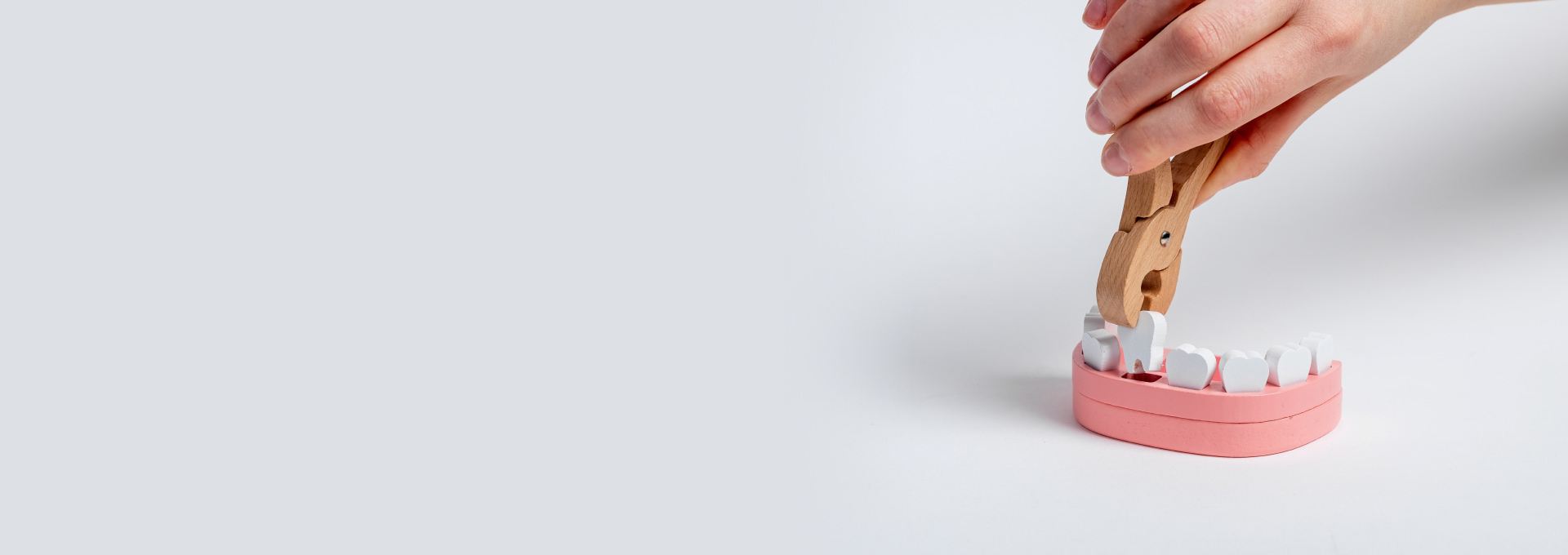When a Tooth Needs to Come Out
A tooth extraction might sound intimidating, but it’s often the best step to protect your overall oral health. Whether it’s a severely decayed tooth, a broken tooth that can’t be repaired, or a problematic wisdom tooth, extractions are done to prevent pain, infection, and further damage. At our Tupelo office, we use a gentle approach and modern techniques to make the process as smooth and stress-free as possible.

Who Might Need a Tooth Pulled
Tooth extractions are usually a last resort but sometimes they’re necessary to avoid complications. Patients with advanced gum disease, overcrowded teeth, or impacted wisdom teeth often need extractions to preserve oral health or prepare for orthodontic treatment. If you’ve been dealing with lingering pain or swelling, we’re here to assess the situation and guide you through the next steps with compassion and clarity.
Why It’s Sometimes the Healthiest Choice
Removing a tooth can be the right call for long-term health:
-
Prevents the spread of infection or decay
-
Relieves pain caused by damaged or impacted teeth
-
Prepares your mouth for dentures, implants, or braces
-
Helps avoid future complications from crowded teeth
-
Gives your smile a healthier foundation for the future
At Main Street Family Dentistry in Tupelo, MS, we’re committed to your comfort. From the first consultation to post-extraction care, we’ll make sure you feel informed, supported, and ready to heal.
